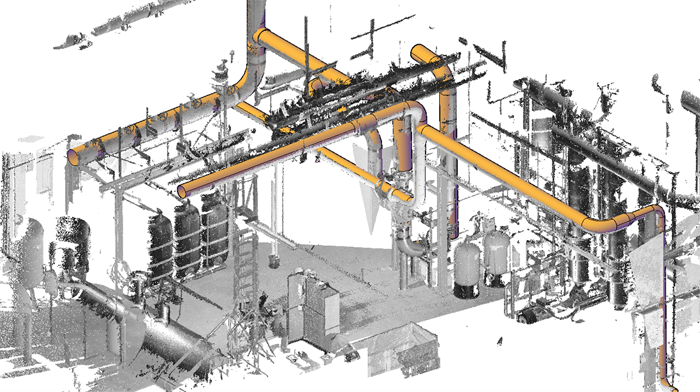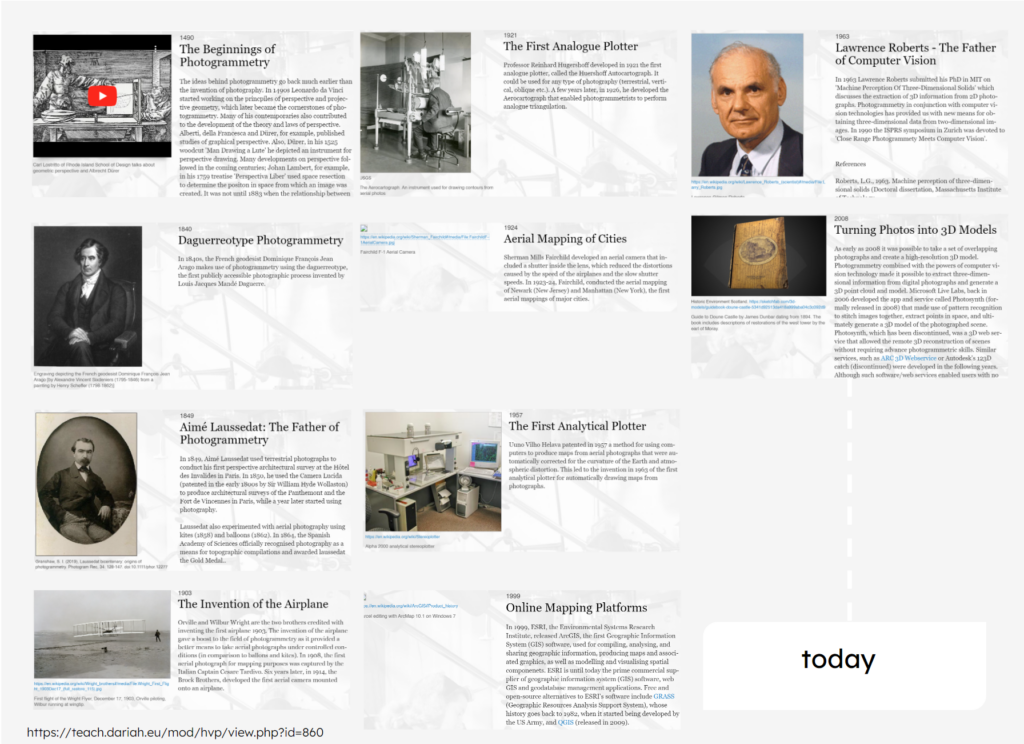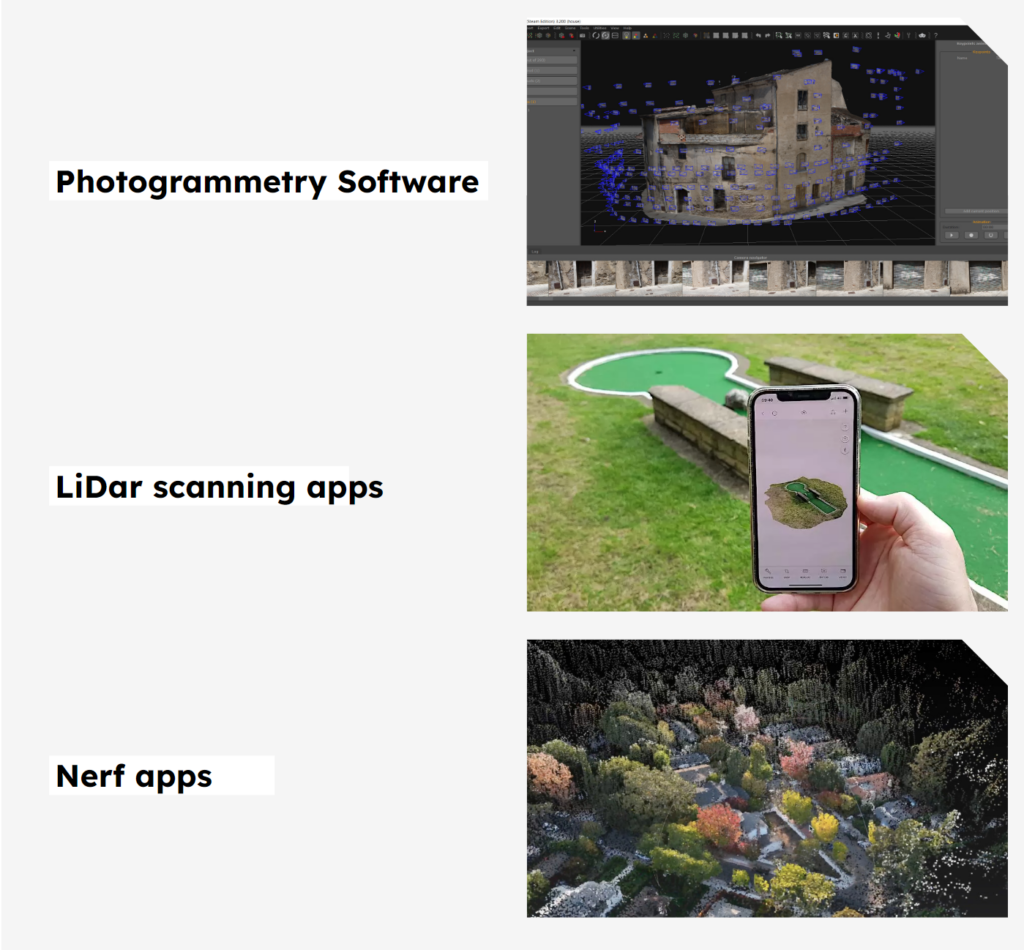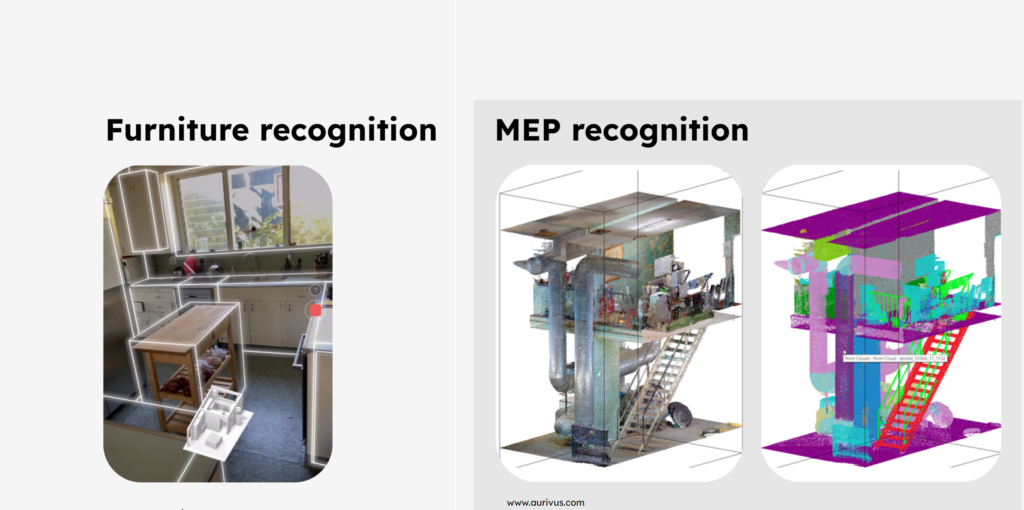
Source: www.kubit-software.com
Topic brief
The research is investigating the potential benefits of integrating state-of-the-art machine learning (ML) tools in Scan-to-BIM for mechanical, electrical and plumbing parts (MEP) recognition. Recent advancements in ML can enhance construction phase and post-construction maintenance. The use of these tools can be critical to create accurate as-built models to automate the process and minimize the manual user input.
Problem statement
The construction industry struggles with creating accurate as-built models for MEP components due to manual process limitations, leading to increased costs and inefficiencies.
Thesis
Adopting advanced Machine Learning tools in Scan-to-BIM processes can improve MEP part recognition, enhancing construction accuracy and maintenance efficiency by reducing manual errors and streamlining workflows. (and adoption to non-expert).
Research aim
The construction industry struggles with creating precise as-built models for MEP components due to manual process limitations, leading to increased costs and inefficiencies.
Timeline

Current software


Expert

Philippe Morel
Philippe Morel is an architect, theorist and entrepreneur, co-founder of EZCT Architecture & Design Research (2000) and initiator and founding CEO of the large-scale 3D-printing corporation XtreeE (2015). He currently teaches as an Associate Professor at the Bartlett School of Architecture – University College London, where he is the director of the Architectural Computation MSc/MRes program, and at the École nationale supérieure d’architecture Paris-Malaquais, where he headed the Digital Knowledge department (co-founded with Pr. Girard). Before teaching at the Bartlett and ENSA Paris-Malaquais, he was a seminar and studio Professor at the Berlage Institute in Rotterdam, and a history and theory seminar and AADRL tutor at the Architectural Association in London. In 2017, he co-edited the book Computational politics and architecture: From Digital Philosophy to the End of Work (Editions ENSA Paris-Malaquais). In February 2007, he curated the exhibition Architecture Beyond Forms: The Computational Turn at the Maison de l’architecture et de la ville PACA in Marseille. Explicitly departing from Eisenman PhD’s dissertation from 1963 – The Formal Basis of Modern Architecture –, the exhibition addressed both historically and theoretically the current linguistic and computational turns in architectural design. Philippe Morel has published more than 30 essays, lectured in many universities around the world (Harvard GSD, ETH Zurich, Columbia GSAPP, Princeton, Pratt Institute, MIT, TU Delft, EHESS, ENS Lyon, TU Wien, IaaC, Centre Pompidou, etc.) and presented his work in numerous exhibitions (MNAM – Centre Pompidou; Mori Art Museum, Tokyo; Museum of Art & Design, New York). His work and the one of his office are part of private and public collections, including FRAC Centre and Centre Pompidou permanent collections.

